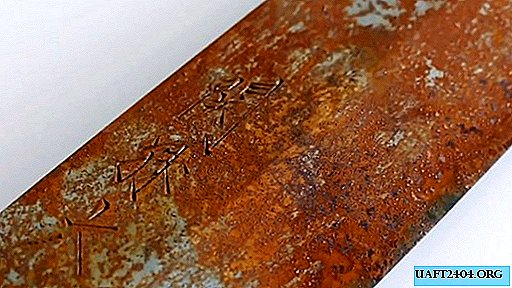Share
Pin
Tweet
Send
Share
Send
To create a hand-made mini-masterpiece you will need:
- cardboard base for postcards or just a sheet of cardboard;
- 2 types of cardboard for creativity, which are in harmony with each other: with a pattern and plain;
- shreds of shiny organza;
- about 1 meter of shiny satin ribbon 2.5 - 3 cm wide;
- several beads or beads;
- a piece of lace about 18 cm long, in this example one-sided guipure lace on a grid is presented, but you can also take lace with scallops on both sides.

In addition, you will need auxiliary tools:
- needle and thread in tone of satin ribbon;
- pins;
- double sided tape; in the absence of such tape, you can also work with glue, but tape is still preferable: working with it is cleaner, more accurate, you do not need to wait until it dries, the cardboard is not deformed from the tape;
- an ordinary candle and matches for singeing the edges of the organza;
- scissors;
- a pencil;
- ruler.
We cut out the rectangles of the desired size from the cardboard. We fold the usual sheet of cardboard with the white side inward - this way we get a blank for a card about 20x13.5 cm in size, folded in half (respectively, 27x20 cm in the unfolded position). From the cardboard with the pattern we cut out the future background of the front side measuring 20x13.5 cm. Plain cardboard is needed for the decorative part of the card - we cut a rectangle of about 9x14 cm from it.

We glue one side of the blank under the card with double-sided tape - you need to carefully cover it with the entire perimeter and stick several strips in the middle. Remove the protective layer on the double-sided tape and then put the colored cardboard part on the side of the postcard treated with tape.


Now we set aside the basis for a postcard and proceed to the most entertaining and creative part of the work. We take a small piece of plain cardboard and begin to decorate it. First, glue the lace along the rectangle on the front side. This can easily be done with double-sided tape, as it is transparent, durable and completely invisible. Glue a strip of adhesive tape along a rectangle of plain cardboard, departing from one of the long edges by 2-3 cm.

Then remove the protective film on the tape and gently press the scallop edge of the lace to it.

After that, we turn the part over and gently glue the edges of the lace, shortening them with scissors if necessary. It turns out a neat decorative detail.

We put off this detail and proceed to the implementation of other decorative elements - colors of satin ribbons, which will be the main leitmotif of the whole postcard. From the ribbon we turn a small rosette, the finished diameter of which is about 3 cm. To do this, gently but firmly hold the end of the ribbon with your left hand, and begin to build a flower with your right hand, as if wrapping the ribbon around the end of the ribbon. In this case, do not forget to bend the ribbon diagonally, so that on the front side of the rose one or the other side of the ribbon is obtained. Each bend of the tape is equal to one petal. After making 2-3 rows of petals, secure your labors with a pin.

Now temporarily put off the rosette and start working with the organza, from which we perform beautiful "sepals". Cut a shred with a diameter of about 5 cm.

We light the candle and sing the edges of the organza on its fire. Since organza is a predominantly synthetic tissue, its edges do not burn, but melt. To make the edges beautifully curved, the edge must be kept at a distance of 3-4 cm above the flame. If you hold the edge of the organza on the side of the fire, its edges will melt, but not bent, but remain flat.

When the organelle sepal is ready, you can return to work with the flower. We take a needle with a double thread in the tone of the ribbon and carefully sew from the wrong side all layers of rose petals without leaving the needle on the front side. At the end, we sew several beads in the middle of the flower.

Now, without cutting the thread, sew the sepals to the rose behind, laying a flower in it, as in a "nest". Fasten the back with a pair of stitches and leave the thread again.

In total, make three such roses in sepals of the same size. When all the flowers are ready, you can return to the plain parts from cardboard and proceed to the general assembly of the postcard.

To do this, carefully sew each flower onto the cardboard with the thread that you left after assembling the flower. Sew two layers under the flower at once - both lace and cardboard. At the same time, be careful not to tighten the thread too much, and so that wrinkles do not form on the lace.



When all three flowers are sewn onto a small part, you can attach it to a large workpiece.

To do this, we again use double-sided tape - gently glue it from the wrong side of the decorated part to the entire perimeter, as well as several strips in the middle of the part. Remove the protective layer on the tape and attach the small part to the middle of the large part. Now your card is ready to congratulate the happy recipient.


Share
Pin
Tweet
Send
Share
Send











